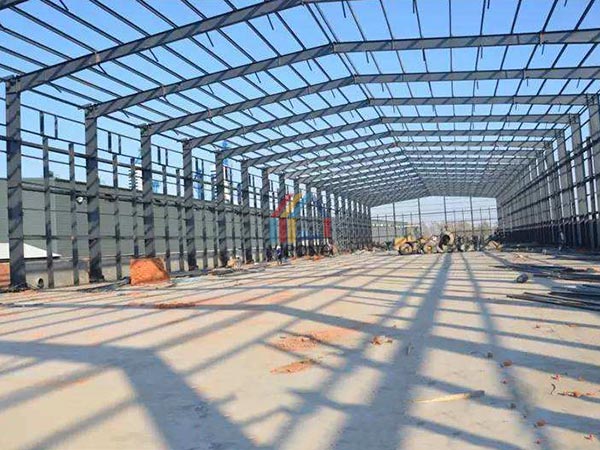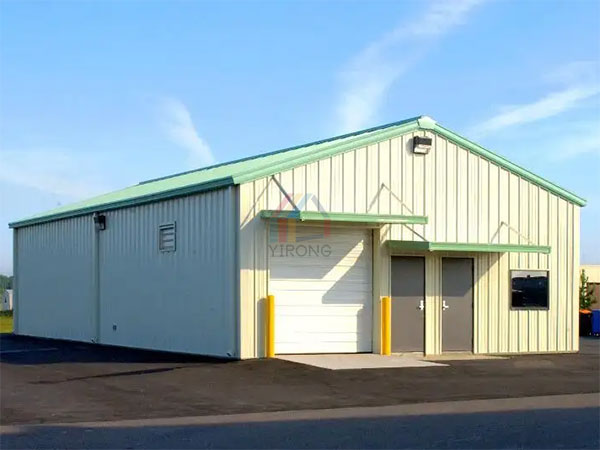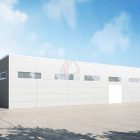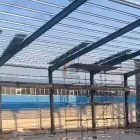Anticorrosion of Prefabricated Warehouse Steel Structure
The prefabricated steel structure warehouse has the characteristics of short construction time, low cost and practicality. Due to the increase in steel production, many companies have begun to use steel structures to build some workshops or warehouses, so that they can be put into production quickly. So how can the prefabricated warehouse steel structure be effectively anti-corrosion?
It is understood that the material of the prefabricated structure warehouse is mainly steel. As we all know, steel structure has many advantages, but also has the disadvantage that it is easy to corrode. Some freshly rolled steel is coated with maintenance paint to prevent corrosion during short-term storage and transportation.

It is a natural phenomenon that the steel structure of prefabricated warehouse is used under various atmospheric conditions to produce corrosion. Newly produced steel structures generally need to be carefully derusted, galvanized or painted, and then re-maintained after a certain period of time. The main properties of the steel in the steel structure warehouse need to be analyzed from the mechanical properties and chemical composition.
1. Mechanical properties of steel: refers to the yield strength, tensile strength, elongation, cold bending properties and impact toughness of steel under standard conditions, also known as mechanical properties.
2. Chemical composition of steel: Carbon structural steel is composed of pure iron, carbon and various impurity elements, of which pure iron accounts for about 99%. In low-alloy structural steel, alloying elements are also added, but the total amount is usually not more than 5%. The chemical composition of steel has an important influence on its properties.

To sum up, the above is the explanation of how to effectively prevent corrosion of prefabricated warehouses steel structure. The current national standards for steel structure warehouses stipulate that the surface corrosion of steel is divided into four grades: A, B, C, and D. The specification stipulates that the rust grade of the steel surface is C grade and above, namely A, B, and C grades. When the rust reaches grade D, it is not recommended. In order to reduce or prevent the corrosion of the steel structure, the coating method is basically used for protection at present, that is, the method of using a protective layer to prevent metal corrosion.












